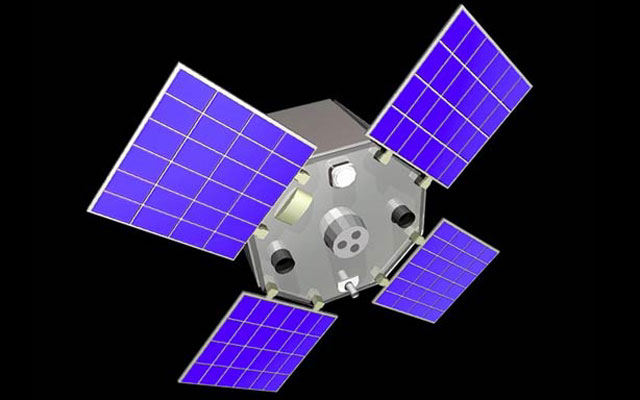
The Active Cavity Radiometer Irradiance Monitor Satellite (AcrimSat) is designed to monitor the total amount of the Sun's energy reaching Earth. It is this energy, called total solar irradiance, that creates the winds, heats the land and drives ocean currents. Some scientists theorize that a significant fraction of Earth's global warming may be solar in origin due to small increases in the Sun's total energy output since the last century. By measuring incoming solar radiation, climatologists will be able to improve their predictions of climate change and global warming over the next century.
Similar instruments were flown on the Solar Maximum satellite in the 1980s and the Upper Atmosphere Rearch System (UARS) satellite in the 1990s. AcrimSat was launched December 20, 1999, as a secondary payload on a Taurus rocket from California's Vandenberg Air Force Base. AcrimSat circles Earth from a polar orbit at an altitude of 685 kilometers (about 425 miles).
The AcrimSat instrument was designed and built by JPL, which also manages the mission. The satellite was designed and built by Orbital Sciences Corp.
Mass: 115 kilograms (253 pounds)
Science instruments: Active cavity radiometer